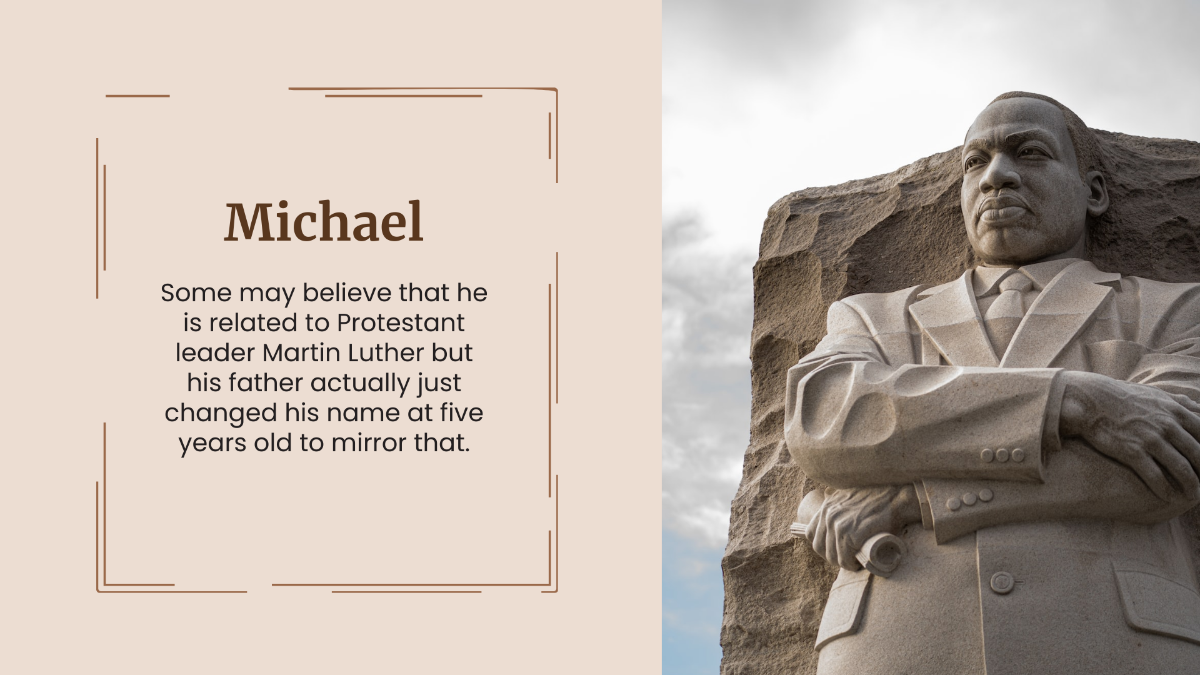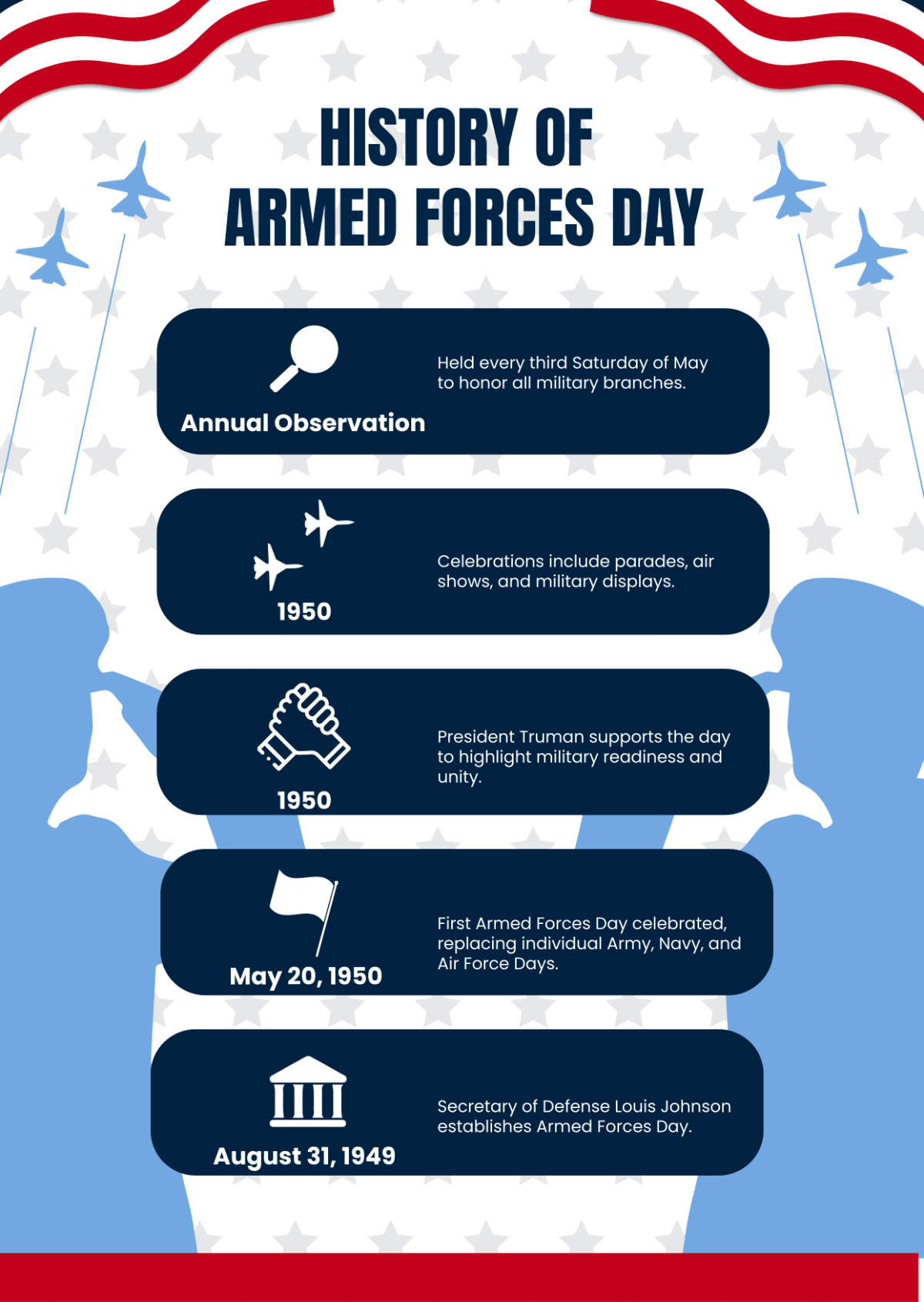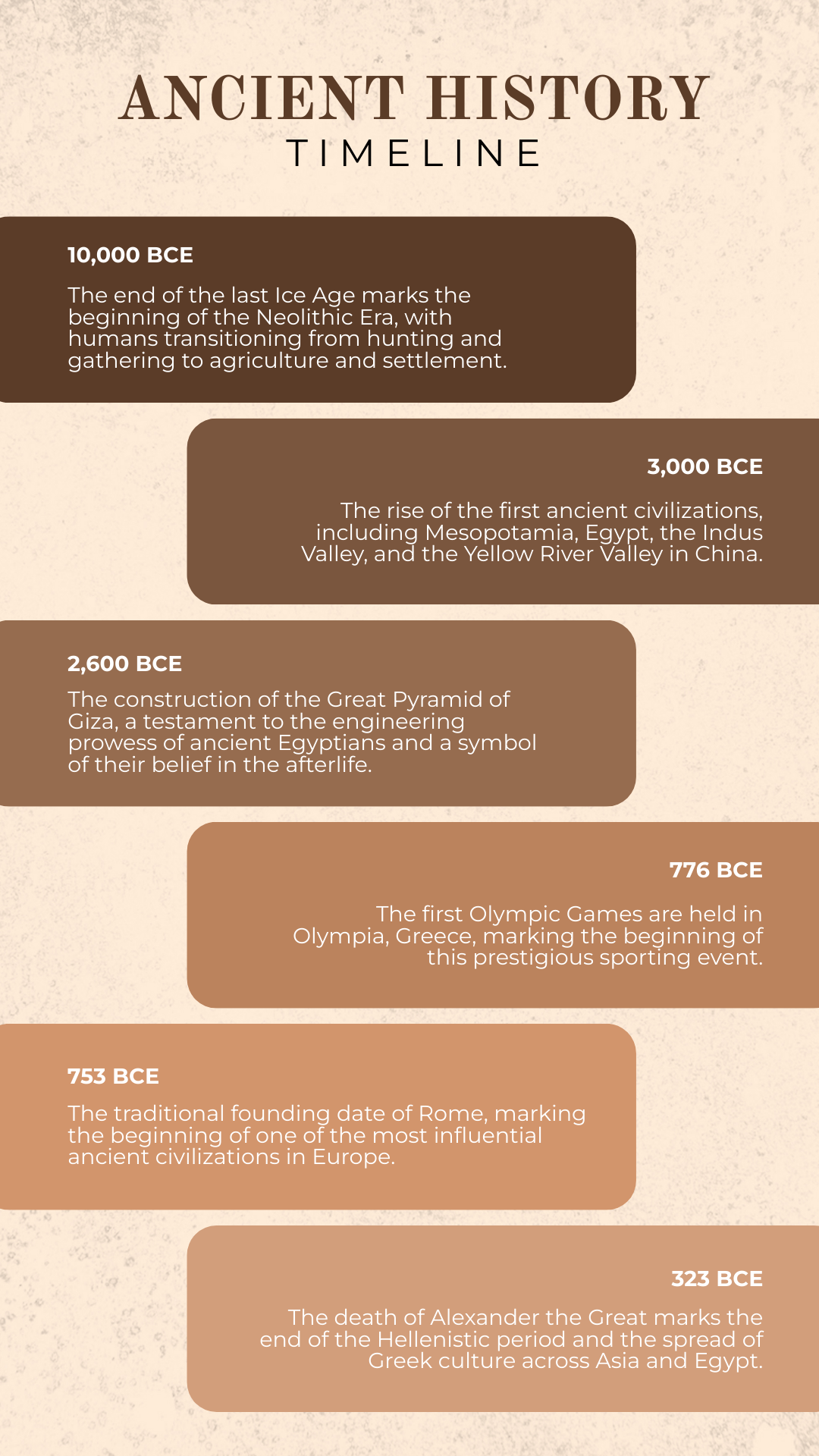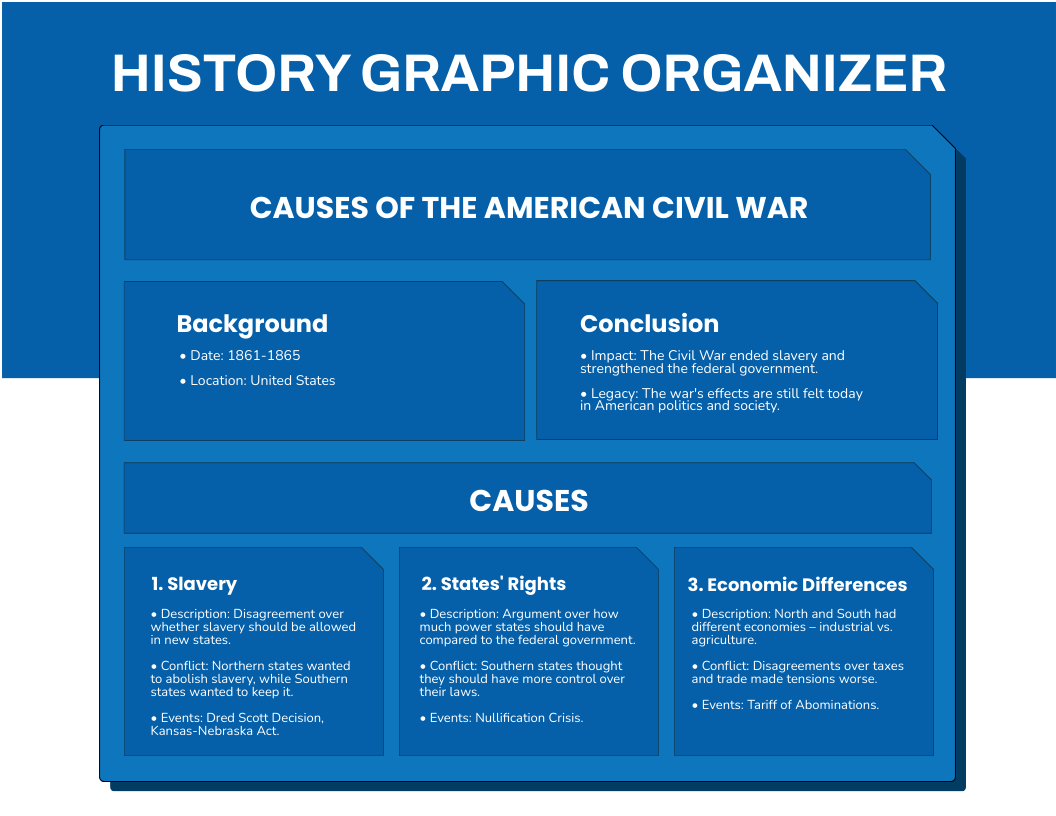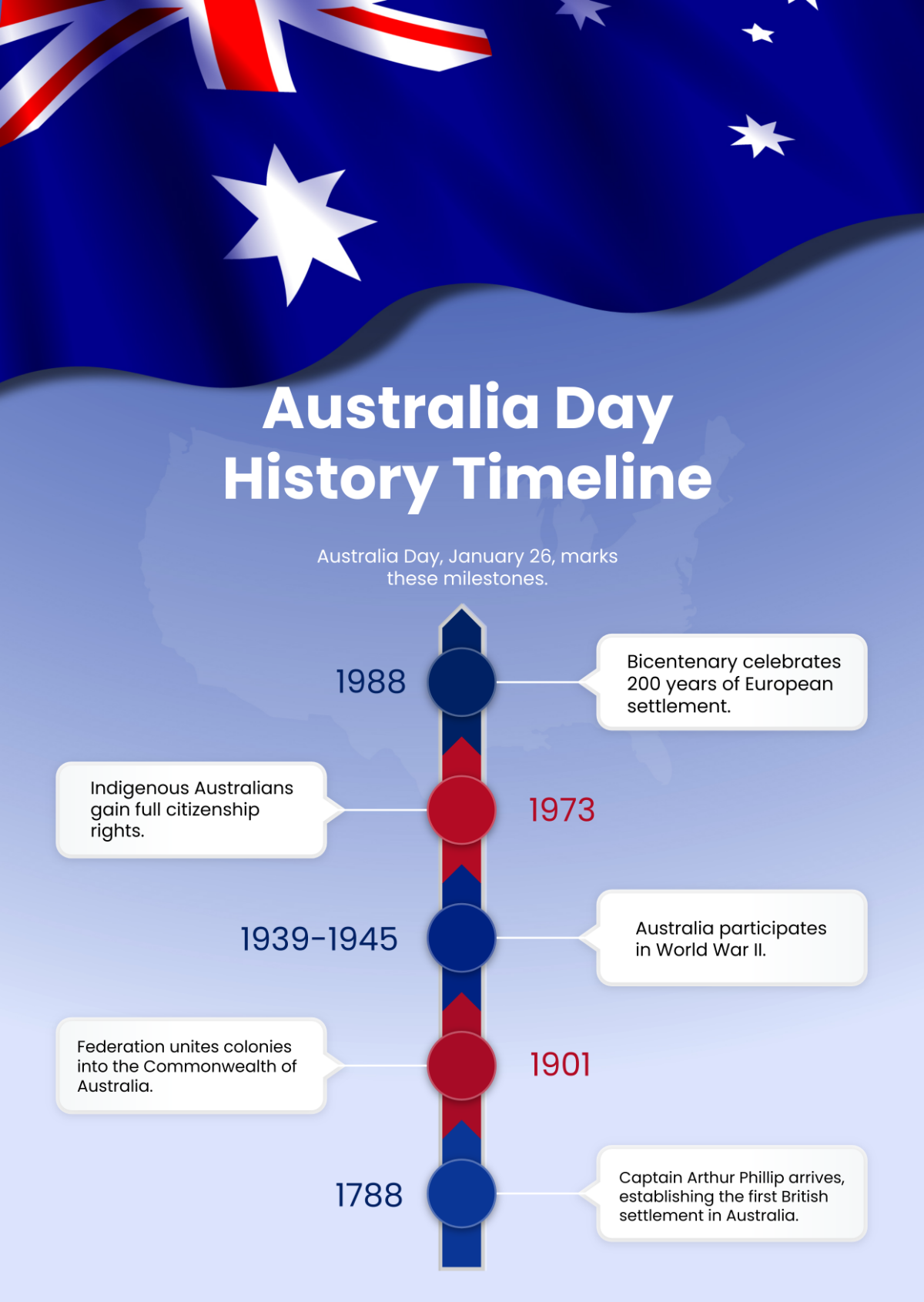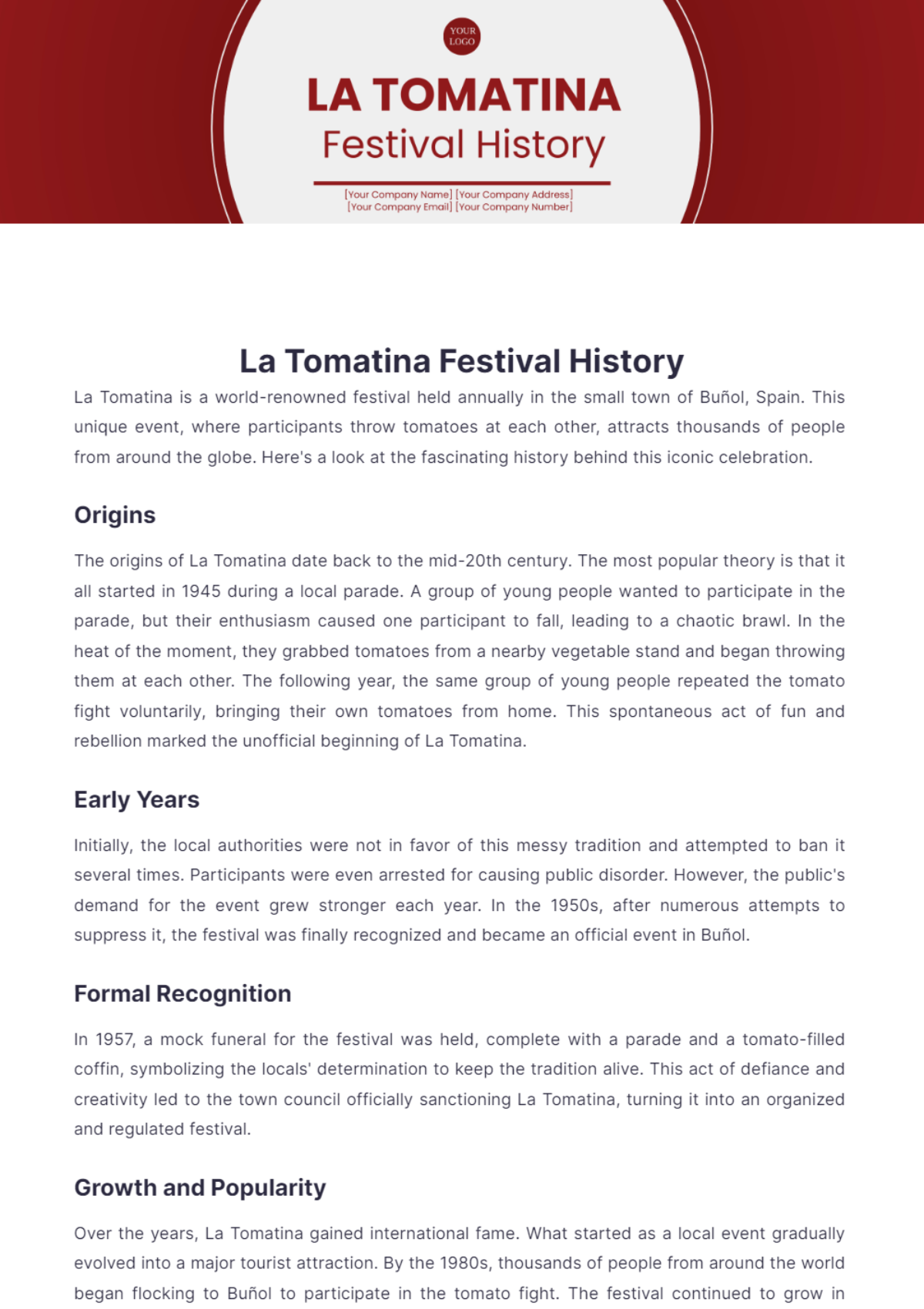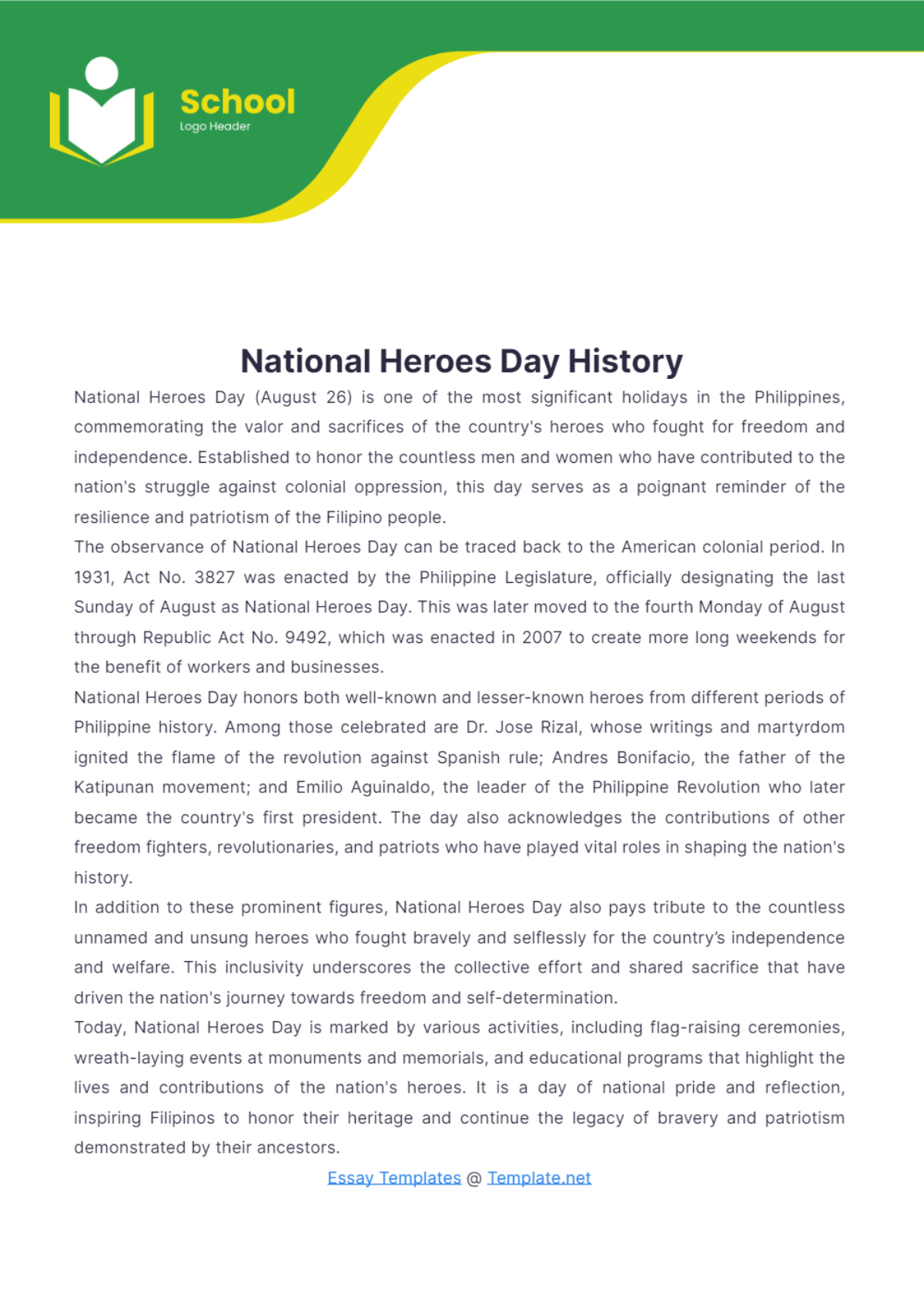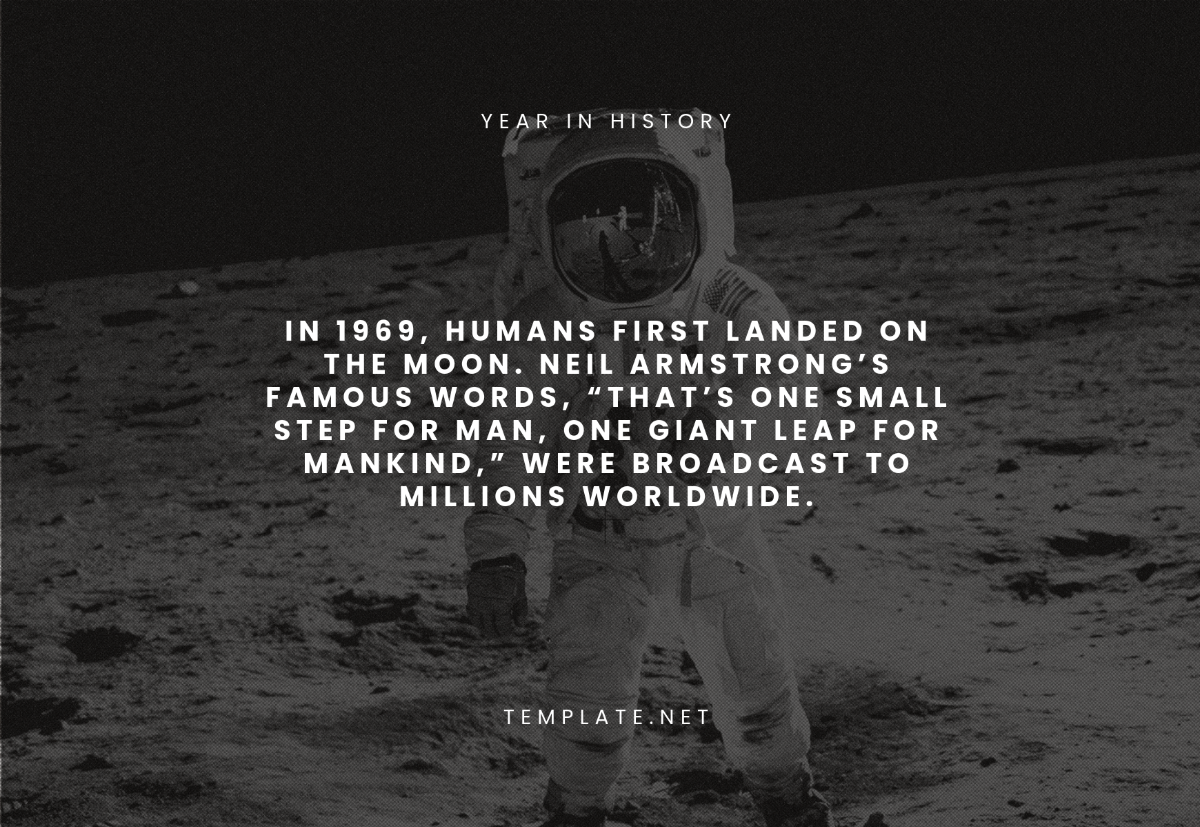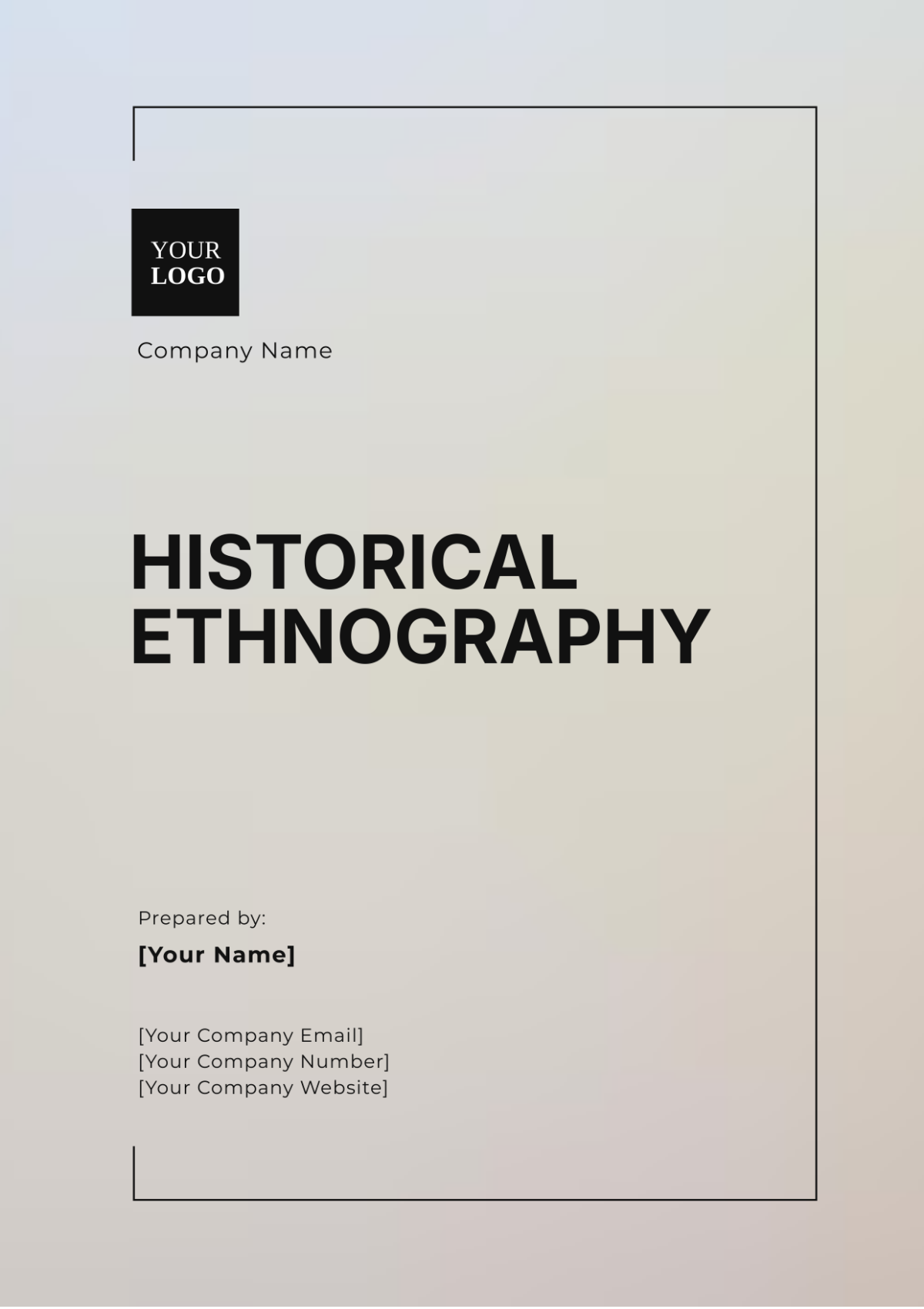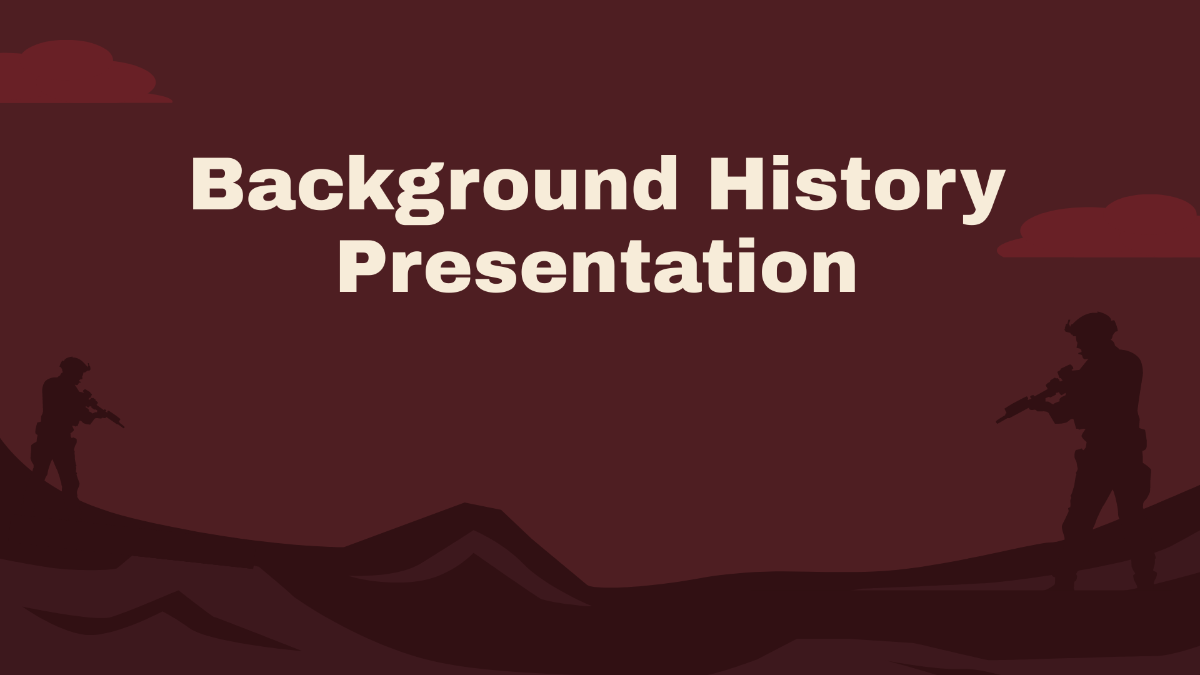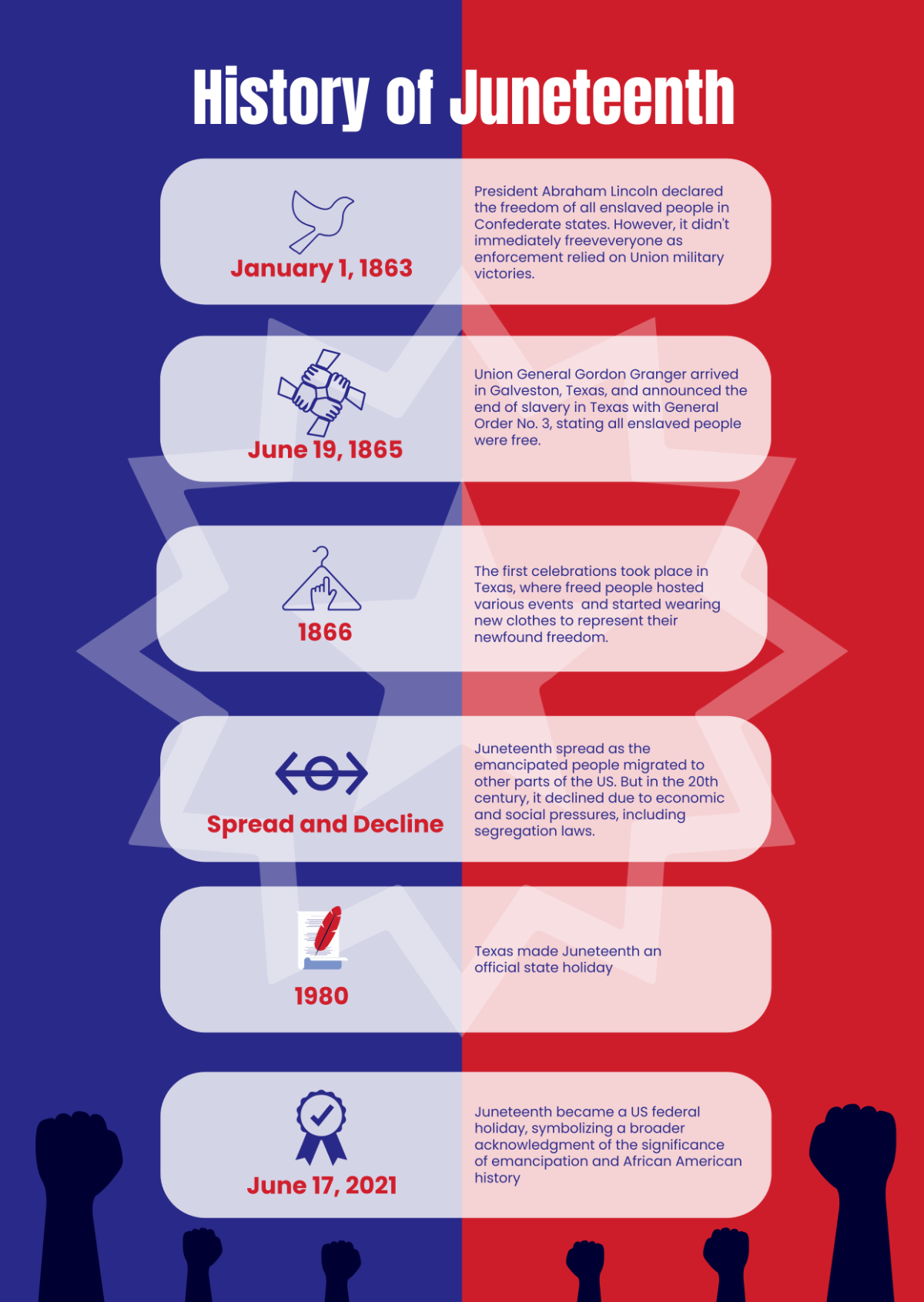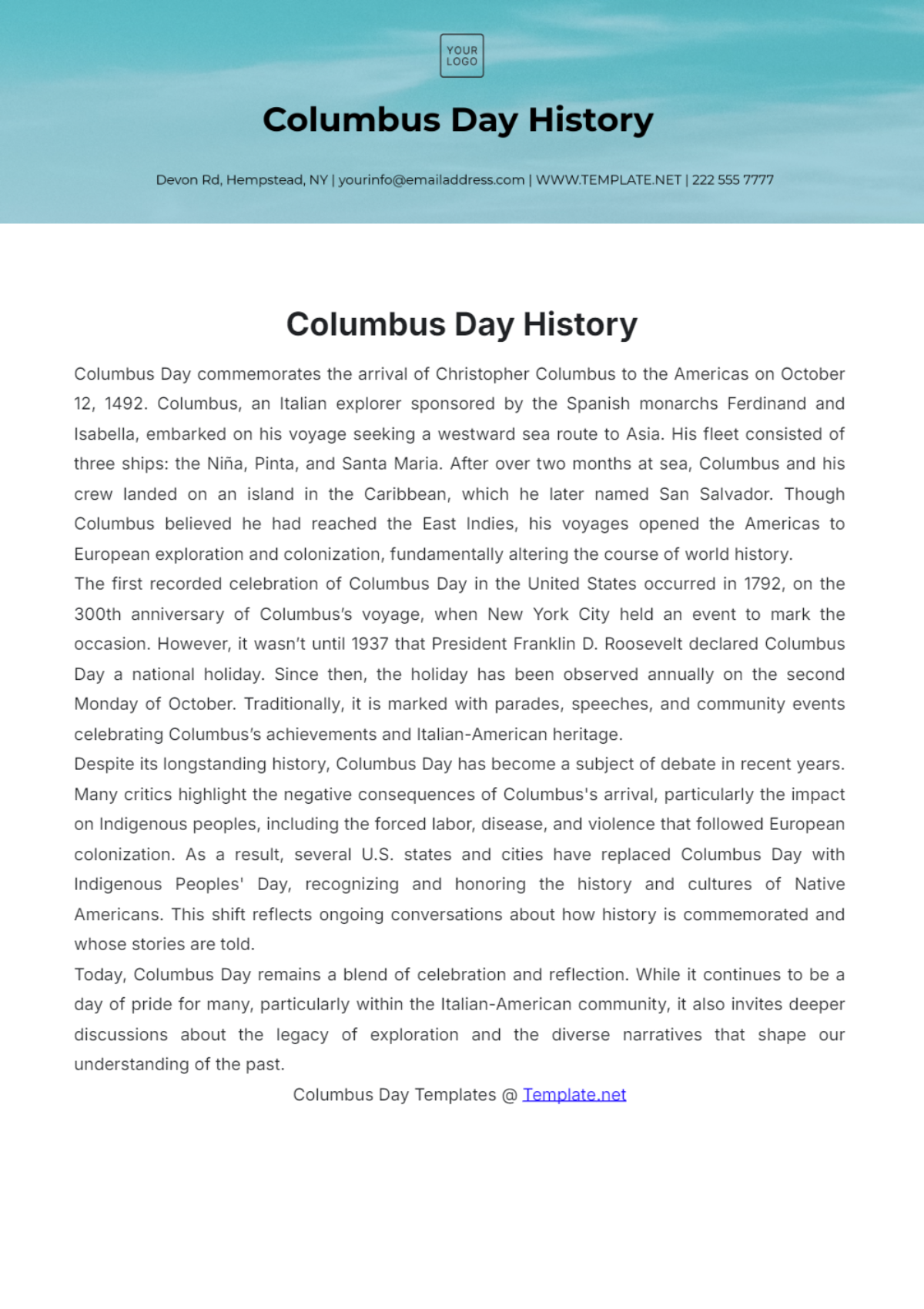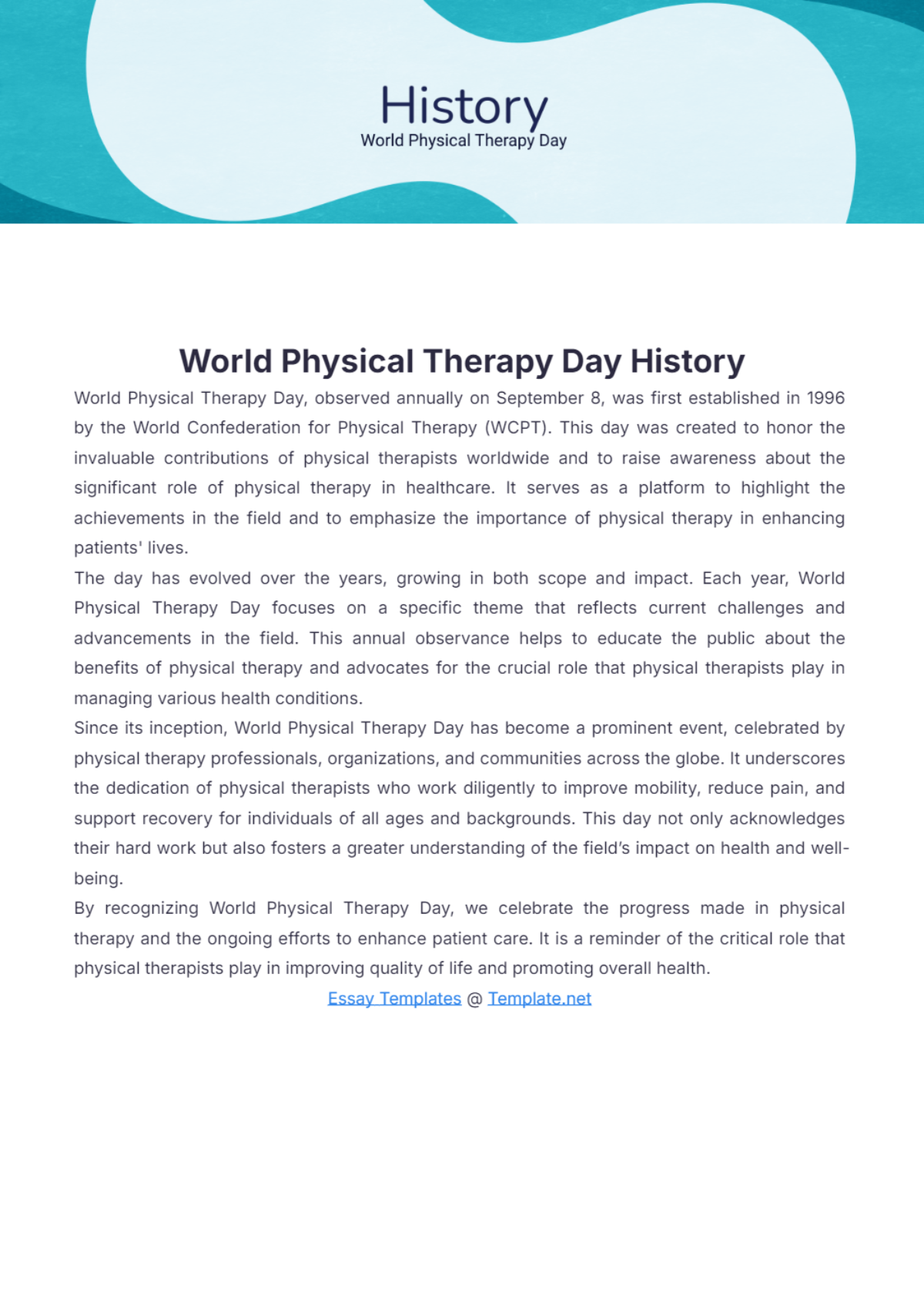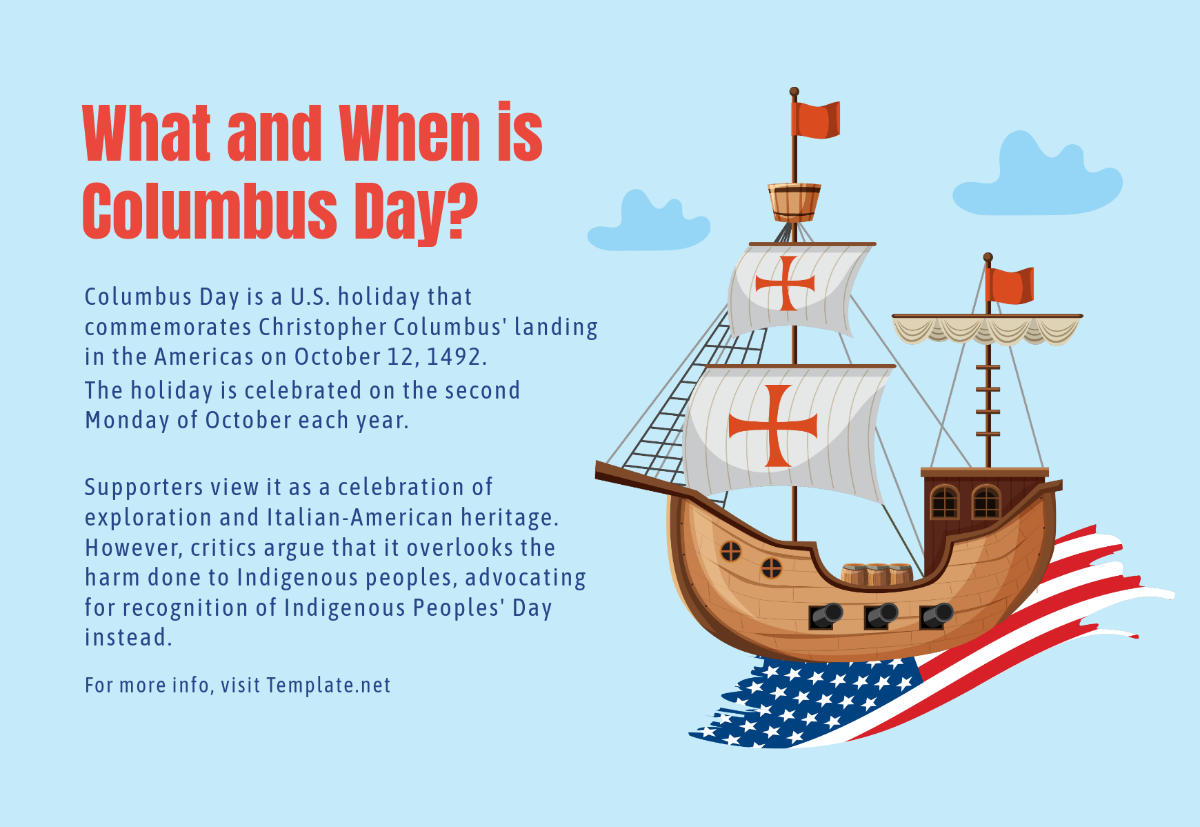Ancient Civilizations Chapter Outline
Prepared by: [Your Name]
Date: [Date]
I. Introduction
This chapter provides a comprehensive overview of ancient civilizations, examining their key characteristics, significant events, and lasting impacts on the modern world. We will explore the diverse aspects of these early societies, from their geographical settings to their technological advancements. Understanding ancient civilizations offers insights into the foundations of contemporary society and the historical roots of cultural, political, and technological developments.
II. Geography and Environment
The geographical settings and environmental conditions played a crucial role in shaping the development of ancient civilizations. These factors influenced settlement patterns, agricultural practices, and the availability of resources.
II.I Major Regions
Mesopotamia: Often called the "Cradle of Civilization," Mesopotamia was located between the Tigris and Euphrates rivers, which provided fertile land for agriculture.
Ancient Egypt: Centered around the Nile River, Egypt's predictable flooding cycles enabled stable agricultural production.
Indus Valley: Located in present-day Pakistan and northwest India, this region benefited from the seasonal monsoon rains and the Indus River's resources.
Ancient China: The Yellow River and Yangtze River valleys provided fertile soil, fostering early agricultural societies.
Mesoamerica: Home to civilizations such as the Maya and Aztecs, this region's varied climate supported diverse agricultural practices.
II.II Environmental Factors
Rivers and Water Sources: Rivers such as the Nile, Tigris, Euphrates, Indus, and Yellow were vital for irrigation, drinking water, and transportation.
Climate and Agriculture: Climate influenced agricultural cycles, crop choices, and food security, shaping societal stability and growth.
Natural Resources: Access to resources like metals, stone, and timber facilitated technological advancements and trade.
III. Historical Timeline
An overview of significant periods and events that shaped ancient civilizations highlights the progression from early societies to complex states.
III.I Chronological Milestones
Development of Writing Systems: Innovations like cuneiform in Mesopotamia, hieroglyphics in Egypt, and oracle bone script in China marked significant intellectual advancements.
Early Dynastic Periods: The establishment of early dynasties and city-states laid the groundwork for centralized governance.
Major Empires and Kingdoms: The rise and fall of empires such as the Akkadian, Egyptian, and Han reflected the dynamic nature of ancient political landscapes.
IV. Political Structures
Analyzing the various forms of governance and political organizations reveals the diversity in how ancient civilizations managed power and authority.
IV.I Forms of Government
Monarchies and Dynasties: Hereditary rule by kings, pharaohs, and emperors was common, with dynastic continuity seen as a source of stability.
City-States: Independent city-states like those in ancient Greece and Sumer had their governments and often engaged in both cooperation and conflict.
Empires and Imperialism: Empires like the Romans and Persians expanded through the conquest and integration of diverse peoples and territories.
IV.II Key Political Figures
Pharaohs: Egyptian rulers who were considered divine intermediaries.
Emperors: Leaders of vast empires such as Qin Shi Huang of China and Augustus of Rome.
Kings and Queens: Monarchs like King Hammurabi of Babylon and Queen Hatshepsut of Egypt.
V. Society and Culture
Insights into the daily life, social structures, and cultural achievements of ancient civilizations reveal the complexity and richness of these societies.
V.I Social Hierarchy
Nobility and Aristocracy: Elite classes who held power, land, and wealth.
Commoners and Peasants: The majority populations engaged in agriculture, trade, and crafts.
Slaves and Servants: Individuals bound to service through conquest, debt, or birth, playing crucial roles in the economy and households.
V.II Cultural Contributions
Art and Architecture: Monumental structures like the pyramids of Egypt, ziggurats of Mesopotamia, and temples of Greece reflect artistic and engineering prowess.
Literature and Philosophy: Ancient texts such as the Epic of Gilgamesh, Confucian classics, and Greek philosophical works laid intellectual foundations.
Customs and Traditions: Festivals, rituals, and everyday practices that defined communal and individual identities.
VI. Economy and Trade
The economic activities, trade networks, and commercial practices of ancient civilizations highlight their interconnectedness and resource management.
VI.I Economic Systems
Agriculture and Farming: The basis of most ancient economies, with innovations like irrigation and crop rotation.
Craftsmanship and Industries: Production of goods such as pottery, textiles, and metalwork.
Trading Goods and Commodities: Exchange of items like grain, spices, textiles, and metals facilitated by emerging trade networks.
VI.II Trade Routes
Silk Road: Connected East Asia with the Mediterranean, enabling cultural and economic exchange.
Maritime Routes: Sea routes that facilitated trade between civilizations such as the Phoenicians and Greeks.
Overland Caravan Routes: Networks across deserts and steppes, crucial for trade in regions like the Arabian Peninsula and Central Asia.
VII. Religion and Beliefs
Exploring the spiritual and religious beliefs that shaped ancient civilizations reveals their profound influence on culture and governance.
VII.I Major Deities and Mythologies
Polytheism: Worship of multiple gods and goddesses, such as the pantheons of Egypt, Greece, and Mesopotamia.
Monotheism: Early forms of monotheism, such as Atenism in Egypt and Judaism.
Myths and Legends: Stories that explain natural phenomena, human origins, and societal values.
VII.II Religious Practices
Rituals and Ceremonies: Religious observances that marked significant events and sought divine favor.
Priesthood and Religious Institutions: Organized bodies that maintained temples, conducted rituals, and interpreted divine will.
Funerary Practices: Burial customs reflecting beliefs about the afterlife, such as mummification in Egypt and tomb sacrifices in China.
VIII. Technological and Scientific Advances
The innovations and scientific contributions of ancient civilizations were foundational to modern science and technology.
VIII.I Technological Inventions
Writing Systems: Development of scripts for communication, record-keeping, and literature.
Metallurgy: Techniques for smelting and working metals, crucial for tool and weapon production.
Engineering and Construction: Advanced methods for building infrastructure, such as roads, bridges, and aqueducts.
VIII.II Scientific Discoveries
Astronomy: Observations and calendars based on celestial movements, crucial for agriculture and navigation.
Mathematics: Early mathematical systems for trade, engineering, and astronomy.
Medicine: Practices and texts that laid the groundwork for later medical knowledge.
IX. Major Conflicts and Wars
An examination of the significant military conflicts and wars that shaped the ancient world highlights the impact of warfare on societal development.
IX.I Famous Battles
The Battle of Kadesh: Fought between the Egyptians and Hittites, notable for its scale and recorded peace treaty.
The Trojan War: A legendary conflict between the Greeks and Trojans, immortalized in epic poetry.
The Greco-Persian Wars: A series of conflicts that defined Greek and Persian relations and influenced Western history.
IX.II Military Leaders
Alexander the Great: Macedonian conqueror who created one of the largest empires of the ancient world.
Ramses the Great: Egyptian pharaoh known for his military campaigns and monumental building projects.
Hannibal: Carthaginian general famed for his audacious march across the Alps to attack Rome.
X. Decline and Legacy
Understanding the factors that led to the decline of ancient civilizations and their enduring legacies offers insights into historical cycles and influences on modern society.
X.I Causes of Decline
Environmental Changes: Climate shifts, natural disasters, and resource depletion.
Economic Factors: Trade disruptions, inflation, and economic mismanagement.
Military Defeats: Invasions, internal strife, and loss of control over territories.
X.II Lasting Contributions
Legal Systems: Codified laws like Hammurabi's Code, which influenced later legal traditions.
Architectural Styles: Influences on subsequent architectural designs and techniques.
Philosophical and Literary Works: Foundations for Western and Eastern philosophical traditions and literary heritage.
This chapter outline provides a detailed framework for exploring the multifaceted aspects of ancient civilizations, emphasizing their complexity, achievements, and enduring impact on the modern world.

